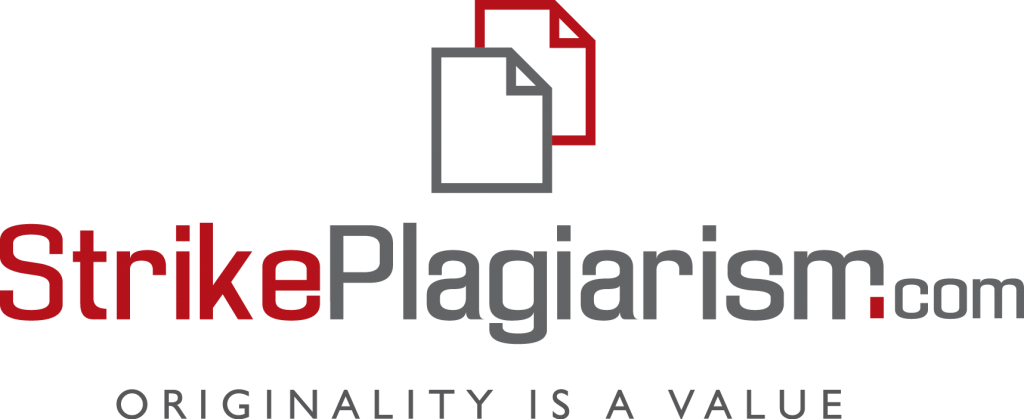MANAGEMENT APPROACHES TO MOTIVATION, FINANCIAL STABILITY, AND OCCUPATIONAL SAFETY IN MODERN ENTREPRENEURSHIP
Abstract
The article addresses the growing managerial challenge of sustaining employee motivation, financial stability, and occupational safety amid the turbulence of twenty-first-century entrepreneurship. It underscores the impact of geopolitical tensions, rapid technological shifts, and evolving labour-market expectations, which compel businesses to reconsider the traditional separation of HR, finance, and safety functions. Three key questions guide the discussion: (1) What combinations of incentives—salary, recognition, development, flexibility, and purpose—can maintain motivation amid tight budgets and uncertain careers? (2) How can liquidity cushions, adaptive budgeting, and revenue-volatility hedges preserve solvency without curbing investment? (3) Which safety practices, from digital dashboards to behaviour-based training, best protect workers under growing regulatory and ethical scrutiny? The article explores tools such as HR analytics, integrated financial dashboards, and smart PPE to demonstrate how cross-functional data enables more coherent and timely decision-making. It also considers how ESG standards increasingly serve as connective tissue, linking internal practices of motivation, financial discipline, and safety performance to broader stakeholder expectations—including investor confidence and customer trust. The rise of gig contracts, remote work, and algorithmics cheduling is analysed as a disruptive force that reshapes not only how motivation is cultivated but also how safety responsibilities are allocated, particularly within fragmented or nonstandard employment models. Emphasis is placed on cultivating a learning-oriented mindset that transforms near-miss incidents and financial distress into opportunities for reflection, adaptation, and continuous improvement. The article proposes an integrative, reflexive approach that breaks down functional silos and favours adaptive, ethically grounded, data-informed management systems. Scenario planning, real-time feedback loops, and proactive risk identification are presented as foundational tools for long-term entrepreneurial resilience in a volatile global environment.
References
1. Bautista-Bernal I., Quintana-García C., Marchante-Lara M. (2024) Safety culture, safety performance and financial performance: a longitudinal study. Safety Science, vol. 172, Article 106409. DOI: https://doi.org/10.1016/j.ssci.2024.106409
2. Li Q., Tang W., Li Z. (2024) ESG system sand financial performance in industries with significant environmental impact: a comprehensive analysis. Frontiersin Sustainability, vol. 5, Article 1454822. DOI: https://doi.org/10.3389/frsus.2024.1454822
3. HRD Connect. (2024) Embracingthefuture: how HR analytics is revolutionizing talent management and organizational strategy. HRD Connect. Availableat: https://www.hrdconnect.com (accessed 02.07.2025).
4. Tanklevska N. S., Miroshnychenko V. O. (2024) Finansova stiikist pidpryiemstv v umovakh tsyfrovoyi ekonomiky [Financial stability of enterprises in the digital economy]. Biznes-inform – Business Inform, no. 3, pp. 249–255. DOI:10.32983/2222-4459-2024-3-249-255 [in Ukrainian]
5. Klym A. (2023) Finansova stiikist pidpryiemstva, y ii otsinka ta shliakhy zabezpechennia [Financial stability of the enterprise, it sassessment and ways to ensure]. Chernivtsi: ChNU. 288 p. Available at: https://archer.chnu.edu.ua (in Ukrainian)
6. Liu Y., Zhang H., Chen T. (2025) Assessment of occupational health and safety management: implications for corporate performance in the secondary sector. Safety, vol. 11(2), Article 44. DOI: https://doi.org/10.3390/safety11020044
7. Alkhaldi M., Gibb A., Bust P. (2022) Motivational factors for occupational safety and health improvements. Safety Science, vol. 151, Article 105716. DOI: https://doi.org/10.1016/j.ssci.2022.105716
8. Kovalchuk I., Romanenko T. (2024) Motyvatsiia ta stymuliuvannia personalu v komunikatsiinii systemi pidpryiemstva [Motivation and stimulation of personnel in the communication system of an enterprise]. Visnyk DonNU. Seriia: Ekonomika i upravlinnia – Bulletinof DonNU. Series: Economics and Management, no. 2, pp. 45–52. Available at: https://jvestnik-sss.donnu.edu.ua (in Ukrainian)
9. Hansson J., Eriksson B. (2025) Integrating business ethics into occupational health and safety: an evaluation frame work for sustainable risk management. JournalofBusinessEthics, vol. 179(1), pp. 113–129. DOI: https://doi.org/10.1007/s10551-024-05463-5
10. Iqbal I. (2025) Environmental, social, governance and work place safety impacton firm financial performance in Pakistan: pre- &post-compulsion analysis. Journal of Finance&Economic Research (forthcoming). Available at: https://www.researchgate.net/publication/392680711 (accessed 02.07.2025).
11. AlAzizah U. S., Haron R. The sustainability imperative: evaluating the effec tof ESG on corporate financial performance before and after the pandemic. Discover Sustainability. 2025. Vol. 6. Article 529. Available at: https://www.researchgate.net/publication/392596510_The_sustainability_imperative_evaluating_the_effect_of_ESG_on_corporate_financial_performance_before_and_after_the_pandemic (accessed 02.07.2025).
12. Georgescu I., Bocean C.G., Vărzaru A.A., etal. (2024) Enhancing organizational resilience: the transformative influence of strategic human resource management practice sand organizational culture. Sustainability, vol. 16(10), Article 4315. DOI: https://doi.org/10.3390/su16104315
13. Deloitte. (2025) Stagility: creating stability for workers for organizations to move at speed. 2025 Global Human Capital Trends Report [Online]. Available at: https://www.deloitte.com (accessed 02.07.2025).




